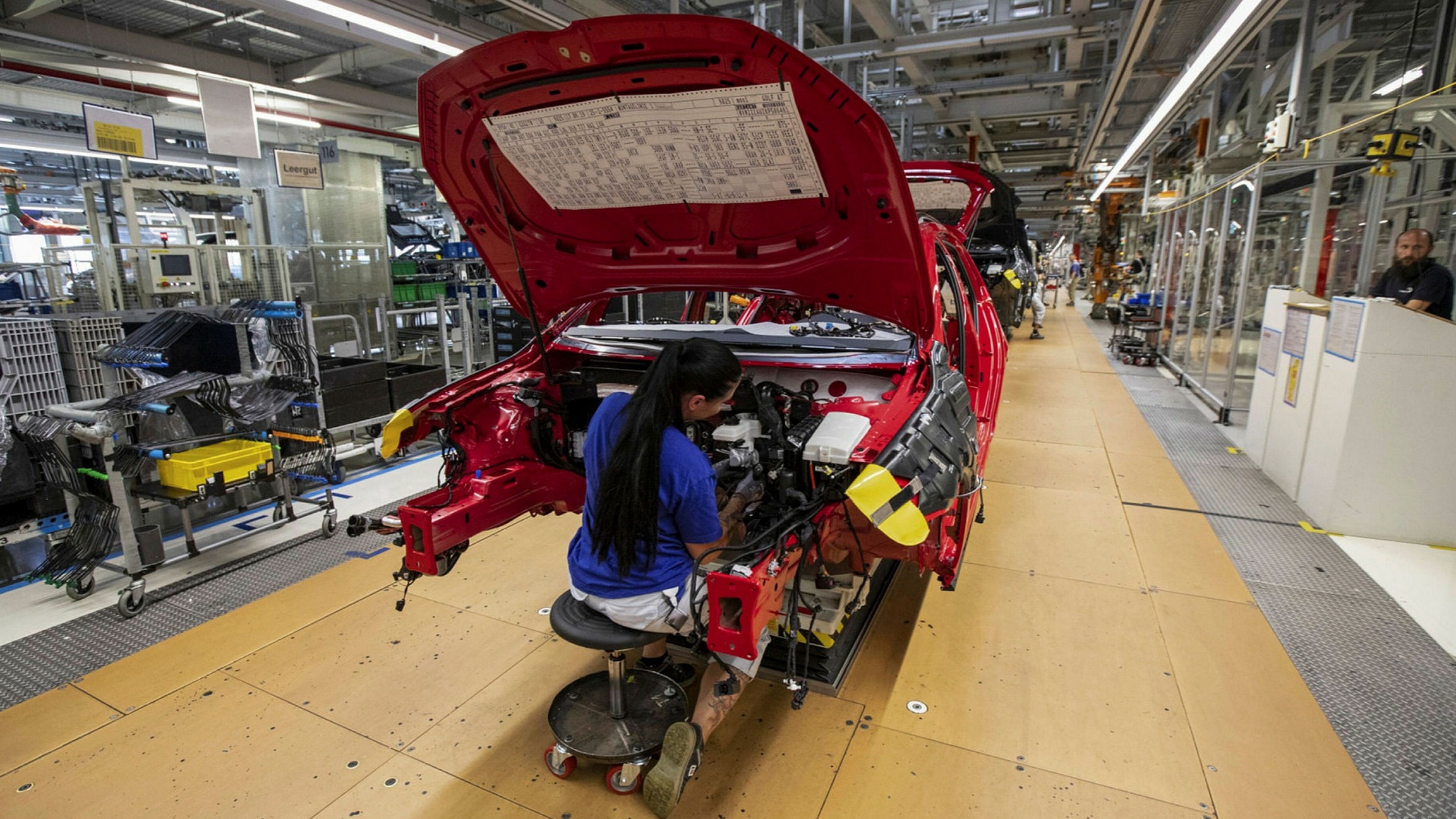How the pandemic disrupted international transport
Published by: 10.11.2021 16:01:52Semiconductors and Pandemics
Many companies and analysts are estimating that the crisis will ultimately last longer than originally expected.The semiconductor situation has not fundamentally improved over the past few months. Due to the delta variant of the coronavirus, the problems are deepening in many segments. In addition to the chip production itself, factories for finalisation and testing are also affected. The transport situation is also complicated. These are more expensive and delivery times are increasing.To avoid further problems, many companies are rethinking their existing business models.
Ford has stopped production of the popular F-150 pickup. Gamers are waiting for video cards and consoles. Factories around the world regularly cut back production. Leading semiconductor suppliers are raising prices.
Original predictions said we would have chip shortage problems throughout 2021. Later, the deadline to overcome the crisis was pushed back to the end of next year. The current situation is such that we don't see much change for the better, and worse, voices have started to emerge that the problems will stretch into 2023.
First of all, the world has not yet definitively banished the pandemic. The delta variant of the coronavirus continues to shut down important factories, leaving many workers at home.
Infineon Technologies, NXP Semiconductors and STMicroelectronics factories are among those affected. These are not factories where semiconductors are directly manufactured. However, the chips are tested and finalised, for example encapsulated. This link in the chain cannot be skipped, so the delivery time of the final chips is stretched again.
One of the victims is the Ford F-150, mentioned at the beginning, for which the manufacturer does not have the necessary chips. It is, in fact, parked in Malaysia. How the situation develops further will depend on how fast the virus spreads in the country.
However, during the June lockdown, the Malaysian government allowed the manufacturing companies to operate with at least 60% of staff capacity. It only allowed full exercise if at least 80% of employees were vaccinated. Although the number of infections has already fallen, the situation in the country is still not stable. As the delta variant spreads and is transmitted much faster, the country has also taken another measure. If an establishment is already three times infected, it must be completely closed and disinfected for two weeks.
Meanwhile, Malaysia also manufactures MLCC capacitors, which are also an integral part of many types of electronics.
But other countries in Southeast Asia are also experiencing problems, including Thailand and Vietnam. As reported by Bloomberg, due to subcomponent supply shortages, Toyota has had to shut down production at 14 Japanese factories where the company makes several car models.
And that's just the tip of the iceberg. All manufacturers are facing similar problems, including Daimler, General Motors, Tesla, as well as Volkswagen and other carmakers producing everywhere in the world, including Slovakia.
Sulphur materials and product manufacturing continue to get more expensive. Staying in the microchip world, the news of price increases at leading semiconductor suppliers is currently resonating the most.

Back at the end of last year, there were unconfirmed reports of production cost increases at the overall market leader - Taiwan's TSMC. More recently, rumors have leaked to the public that mention price increases in the range of 10-20%... The unflattering reports of an upward price shift have been linked to another Taiwanese semiconductor producer, UMC.
The need for price list adjustments has also been officially acknowledged by South Korea's Samsung.
The reason for this move is obvious - demand far outstrips supply, which will require expanding production capacity. And someone has to pay for that.
International shipping
<
Transportation gets complicated. Not long ago, a single Ever Given cargo ship blocked the Suez Canal for six days, greatly complicating the global transport of commodities of all kinds. In addition, the world has long been plagued by a shortage of shipping containers.
In addition, there are reports of quarantine and restricted operations at logistics centers from time to time. Relatively fresh is the news of the reopening of a major terminal at the world's third largest commercial port, Ningpo Zhoushan. The shutdown lasted approximately two weeks. The reason was reportedly due to an infected employee.
Similar complications, meanwhile, make the cost of transporting materials and finished products significantly longer and more expensive.
As is clear from the lines above, the failure of a single factory or even a logistics center will fundamentally affect several companies in the opposite corner of the world. And, as a result, the final consumer, that is, all of us.
It will take approximately two to three years to build or even expand the capacity of the current factories, followed by the still necessary optimization of production. We are currently in the third quarter of 2021. So we don't need to be mathematical geniuses to work out when chip demand might meet realistic supply. However, even this scenario is based on the assumption that there are no further unexpected complications in the coming period.

As we have already seen, given the interconnectedness of the global economy, and especially its fragility resulting from dependence on a few suppliers of vital components, all it takes is for one segment to fail and the whole chain is in trouble.
Anything can be a trigger for further problems. Be it a trade war between major powers, civil unrest, an environmental disaster, another mutation of the coronavirus... the list is long indeed. A lot will depend on how a company optimises its business model.
Documents to download
K&L Rock also declares that it is not liable for any direct or indirect damage resulting from trading on the capital markets in general, and posts in discussions expressing the views of readers may not be in line with the operator's position and therefore cannot be regarded as its views.




